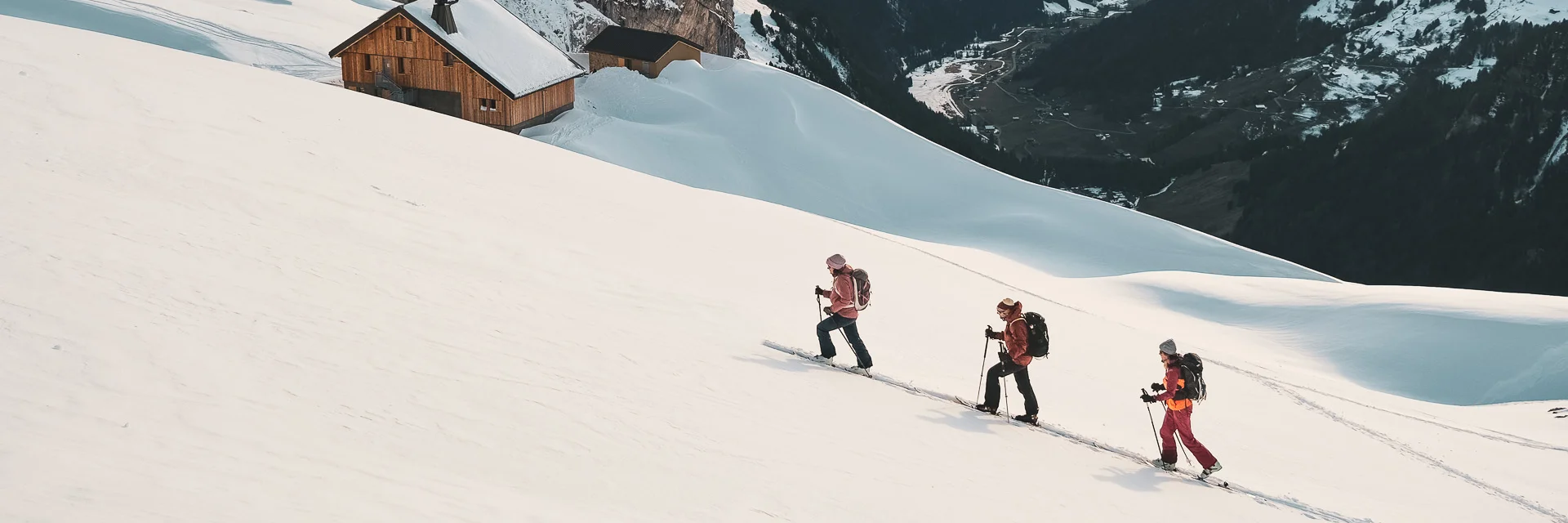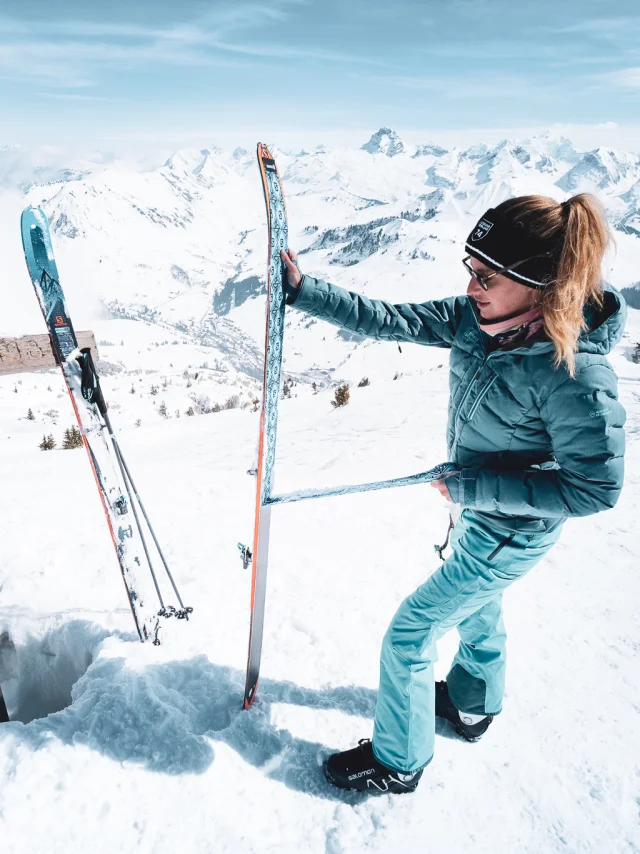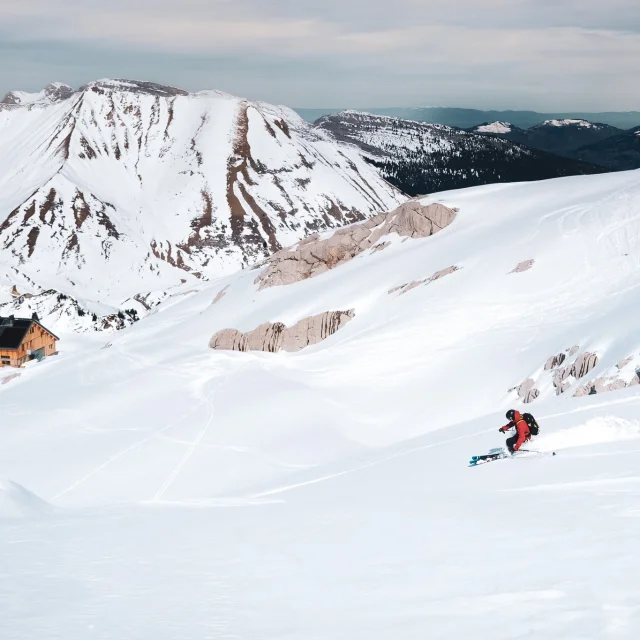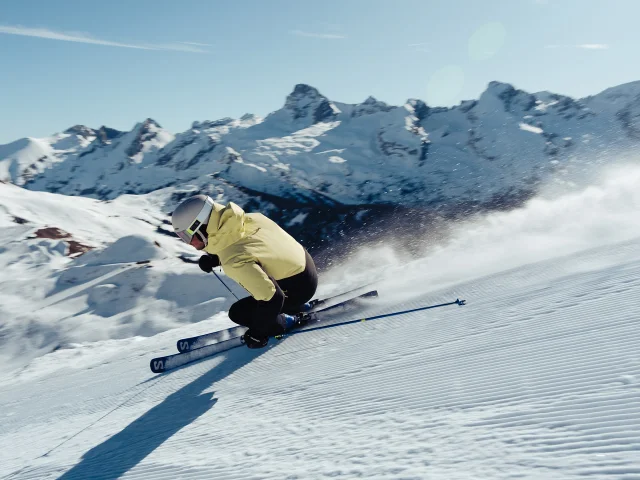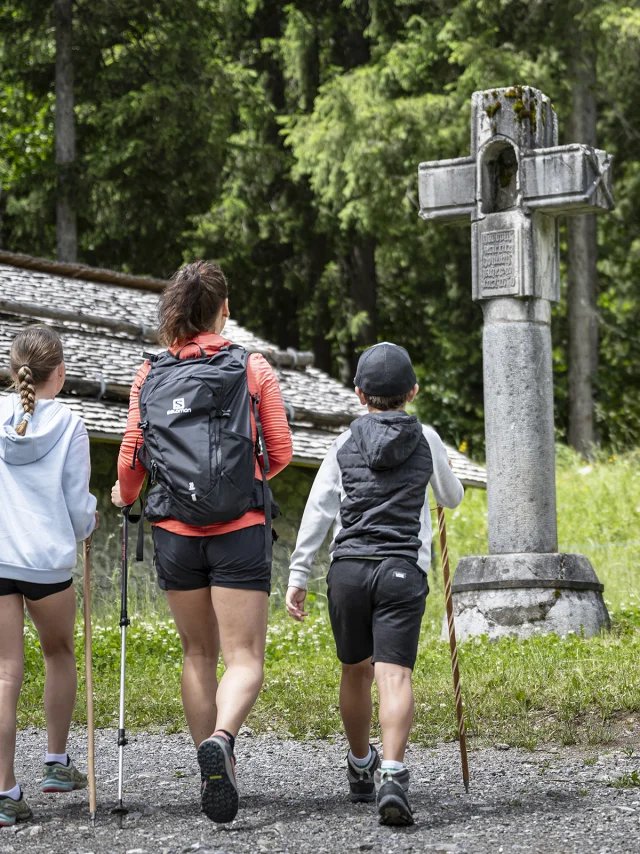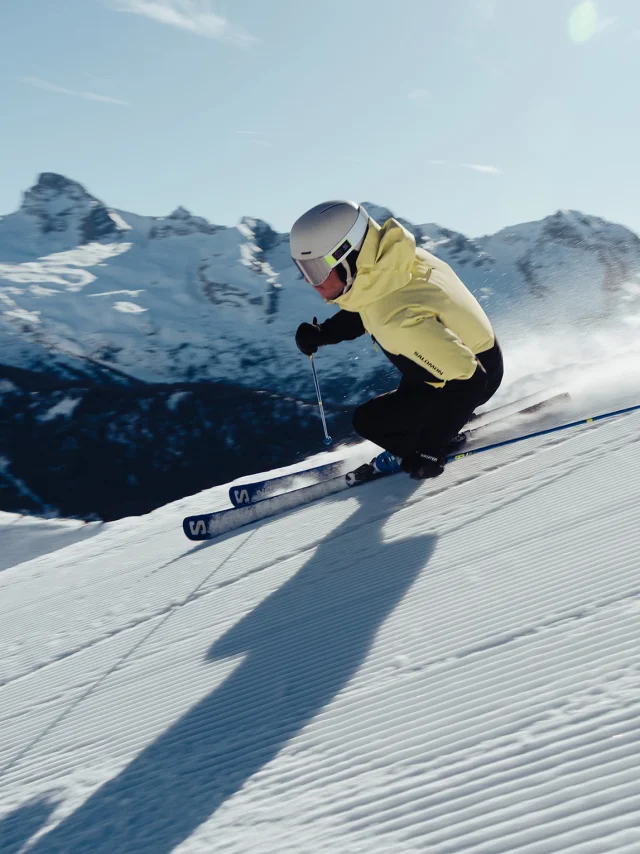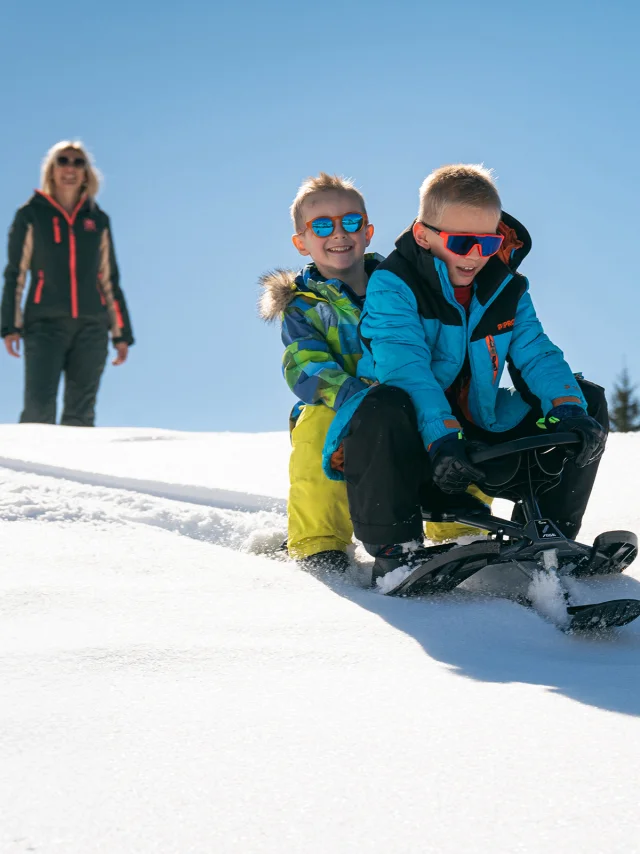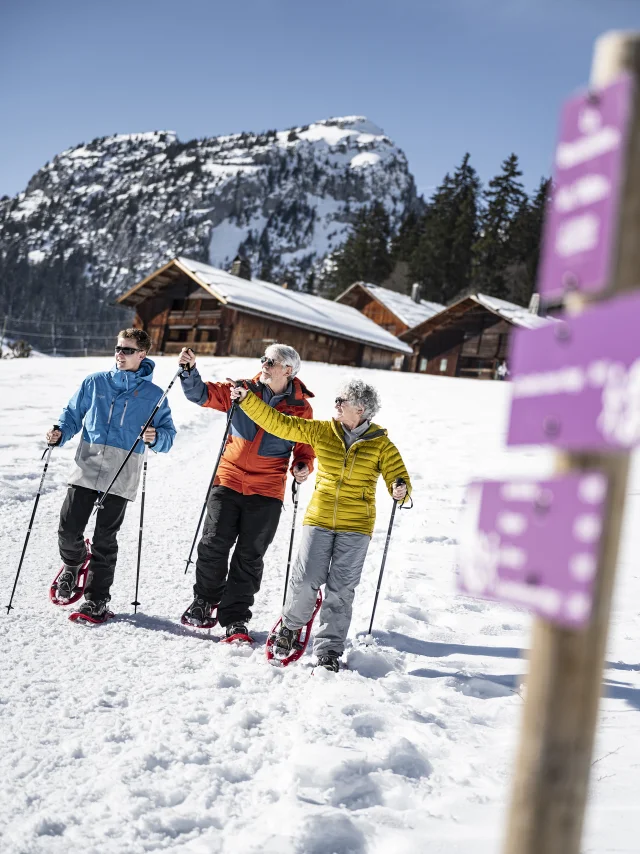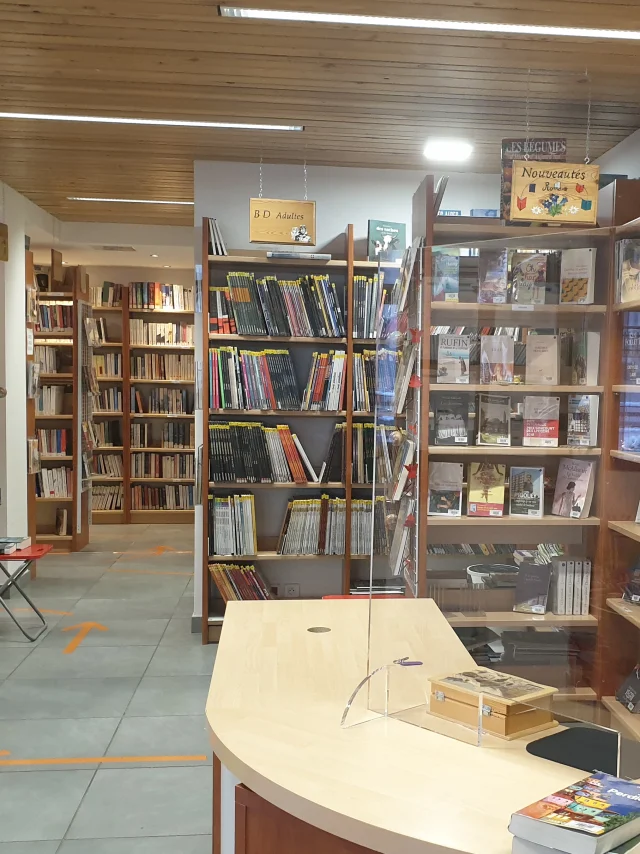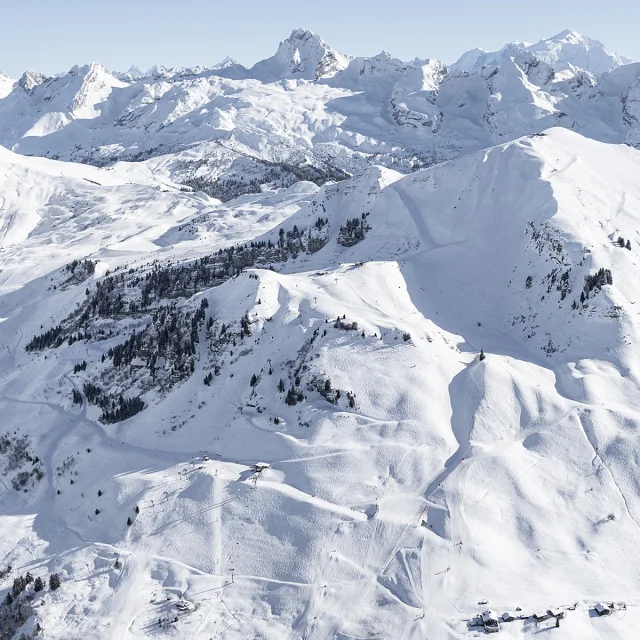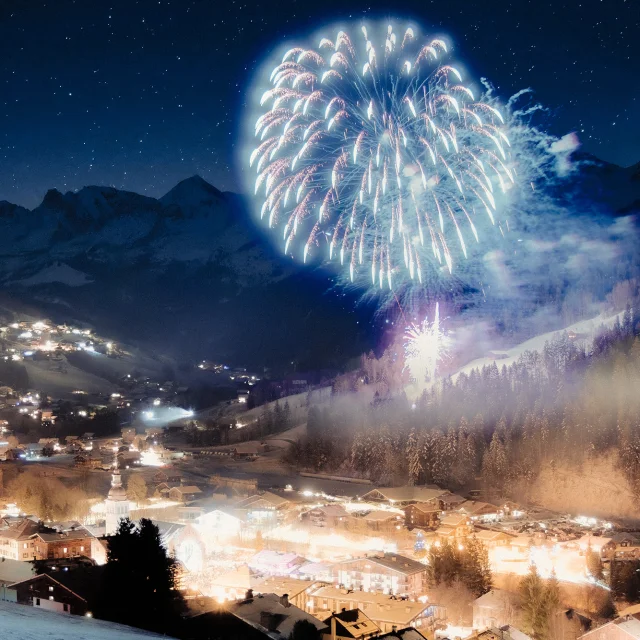On your skis!
In this video, discover our partner Salomon ‘s top tips for choosing the right touring skis!
Whether you’re looking for performance, lightness or stability, their experts explain the essential criteria for finding the right equipment for you.
Get ready to make the most of your mountain adventures with equipment that’s perfectly suited to your needs!
